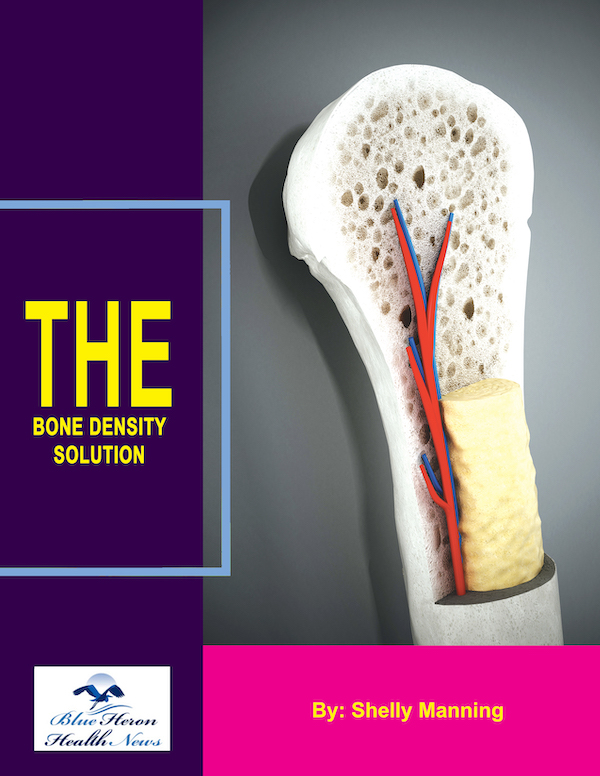
The Bone Density Solution By Shelly Manning The Bone Density Solution is worth considering for all those who are looking for an effective and lasting solution for the pain and inflammation caused by osteoporosis. The solutions are natural and can contribute to the overall well being. You just need to develop some healthy habits and add the right food to your diet to get the desired benefit.
How does puberty affect bone density?
Puberty plays a crucial role in the development of bone density, as it is a time of rapid growth and physical changes in both boys and girls. During this period, the body undergoes significant hormonal changes that influence bone growth, strength, and density.
Key Ways Puberty Affects Bone Density:
-
Growth Spurts:
- During puberty, growth spurts are common, where bones lengthen rapidly. This increase in bone size is accompanied by changes in bone density. The bones become denser as they mature and grow stronger to support the increased body mass.
- The peak growth period typically occurs between ages 10-14 for girls and 12-16 for boys, with girls reaching their peak height earlier than boys.
-
Hormonal Changes:
- Estrogen and testosterone, the primary sex hormones, have a significant impact on bone development. These hormones stimulate the osteoblasts (bone-forming cells) to increase bone formation.
- In girls, estrogen plays a central role in the development of bone density, especially during the years following menarche (the first menstrual period). Estrogen helps stimulate the maturation of the bones and closure of the epiphyseal plates (growth plates), which signals the end of bone lengthening.
- In boys, testosterone promotes bone growth and contributes to an increase in bone mass and density. Boys generally experience a greater increase in bone density during puberty compared to girls due to higher testosterone levels.
-
Bone Mineral Density (BMD) Peak:
- Puberty is when bone mineral density (BMD) starts to increase significantly. Both males and females achieve their peak bone mass around the ages of 18-25, with males typically achieving a higher peak bone mass than females.
- This peak bone mass is essential for future bone health, as it provides a reserve for later life. Having a higher peak bone mass during puberty is linked to a lower risk of osteoporosis and fractures in adulthood.
-
Changes in Bone Structure:
- The bones undergo changes in both structure and density during puberty. For example, the long bones (like the femur and tibia) grow in length, but they also become thicker and stronger.
- The spongy bone (trabecular bone) becomes more mineralized during puberty, contributing to increased bone strength and stability.
-
Impact of Physical Activity:
- Physical activity, particularly weight-bearing exercises like running, jumping, and strength training, has a positive effect on bone density during puberty. Physical activity stimulates bone remodeling and encourages the deposition of minerals into the bone matrix.
- Inactive children and adolescents may have lower bone density compared to those who engage in regular physical activity, which can contribute to a higher risk of bone fractures or weak bones later in life.
-
Diet and Nutrition:
- Calcium and vitamin D are essential for bone development during puberty. Calcium supports bone mineralization, while vitamin D helps the body absorb calcium. A healthy diet rich in these nutrients is crucial to optimize bone density during the growth period of puberty.
-
Effect of Delayed Puberty:
- Delayed puberty can potentially lead to reduced bone density. If puberty is delayed, there may be a delay in reaching peak bone mass, which can increase the risk of bone problems later in life. Early detection and treatment of conditions causing delayed puberty are important to ensure normal bone development.
-
Gender Differences:
- Boys typically have higher peak bone mass than girls due to the greater effect of testosterone. Boys also tend to continue gaining bone mass for a longer period after puberty, while girls generally reach their peak bone density earlier.
- After puberty, women typically experience a decline in bone density more quickly than men, especially after menopause when estrogen levels decrease.
Conclusion:
Puberty is a critical period for bone development, as hormonal changes, growth spurts, and increased physical activity all contribute to bone density. Achieving a high peak bone mass during puberty is important for long-term bone health, as it serves as a reserve against bone loss in later life. A combination of proper nutrition, physical activity, and hormonal balance during puberty helps optimize bone density and ensures stronger bones throughout adulthood.
The Bone Density Solution By Shelly Manning The Bone Density Solution is worth considering for all those who are looking for an effective and lasting solution for the pain and inflammation caused by osteoporosis. The solutions are natural and can contribute to the overall well being. You just need to develop some healthy habits and add the right food to your diet to get the desired benefit.